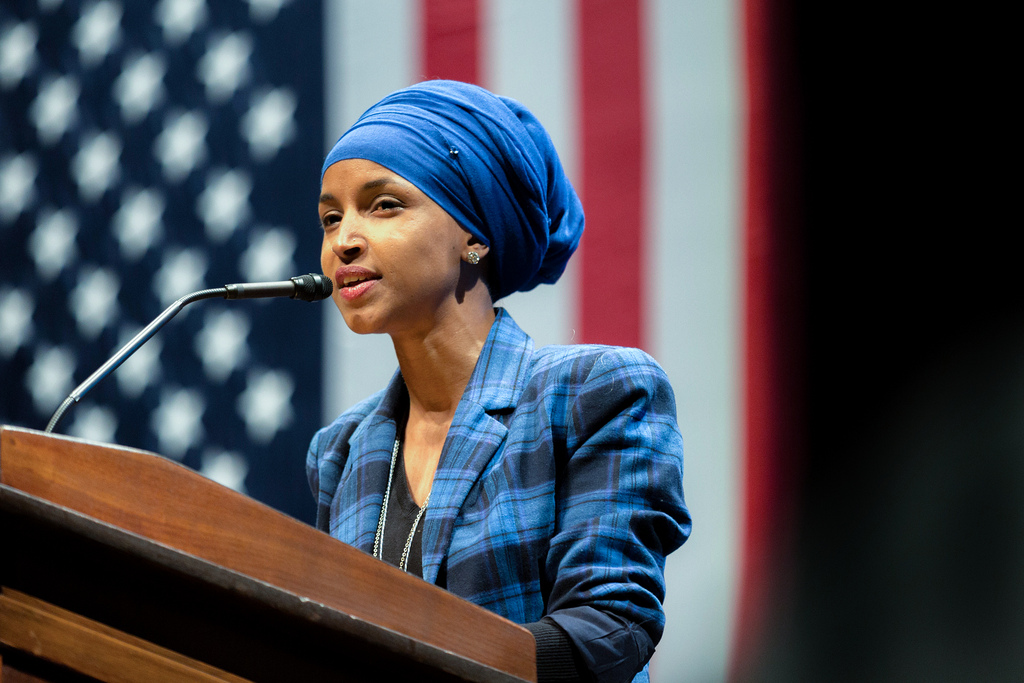© Brighteon.com All Rights Reserved. All content posted on this site is commentary or opinion and is protected under Free Speech. Brighteon is not responsible for comments and content uploaded by our users.
Title: The Paradox of Artificial Bubbles: Creating Shortages and Wealth
Introduction
Artificial bubbles, a phenomenon in financial markets, occur when the prices of assets, such as stocks, real estate, or commodities, drastically exceed their intrinsic value due to speculative trading and investor optimism. These bubbles, while seemingly promising prosperity, have a paradoxical effect on the economy. This essay aims to elucidate the intricate relationship between artificial bubbles, artificial shortages, and the resultant creation of artificial wealth, exploring the underlying mechanisms and their consequences.
I. The Genesis of Artificial Bubbles
1.1 Irrational Exuberance and Speculative Behavior
Artificial bubbles are often ignited by irrational exuberance, a term popularized by former Federal Reserve Chairman Alan Greenspan. This refers to a collective state of overconfidence among investors, causing them to overlook fundamental factors and bid up asset prices based on unfounded optimism.
1.2 Feedback Loops and Amplification Mechanisms
Once ignited, artificial bubbles thrive on feedback loops. Rising asset prices attract more investors, who further bid up prices, creating a self-reinforcing cycle. Moreover, the availability of easy credit and low-interest rates amplify the speculative behavior, as investors are encouraged to leverage their positions.
II. The Dynamics of Artificial Shortages
2.1 Scarce Resources and Perceived Value
Artificial bubbles distort the perception of scarcity. As asset prices soar, there is a tendency to view these resources as increasingly scarce, even if their intrinsic value remains unchanged. This perception is driven by the fear of missing out (FOMO) and the belief that prices will continue to rise indefinitely.
2.2 Speculative Hoarding and Holding Patterns
Investors, driven by the fear of missing out, engage in speculative hoarding. They refrain from selling their assets in anticipation of even higher prices. This behavior further exacerbates the perceived scarcity, as the assets are effectively taken out of circulation.
2.3 Distorted Market Dynamics and Resource Allocation
Artificial shortages disrupt the traditional market dynamics of supply and demand. As demand outstrips supply, prices are artificially inflated, leading to a misallocation of resources. This misallocation can have far-reaching consequences, affecting sectors ranging from housing to commodities.
III. The Paradox of Artificial Wealth
3.1 Illusionary Gains and Wealth Effect
Artificial bubbles give rise to illusory gains, where individuals and institutions see their net worth surge on paper. This wealth effect spurs consumer spending and investment, leading to short-term economic stimulation. However, this wealth is often based on inflated asset prices rather than tangible value.
3.2 Disparity and Wealth Redistribution
While some participants in the bubble benefit from soaring asset prices, others are left on the sidelines, unable to participate. This creates a stark wealth disparity, where a select few accumulate significant wealth while others struggle to keep pace with rising costs.
3.3 Vulnerability to Correction and Economic Downturns
Artificial wealth is inherently precarious. When the bubble eventually bursts, as history has shown, the illusory gains vanish rapidly, leading to significant economic downturns. The vulnerability of economies built on artificial wealth becomes apparent, as they are unable to weather the inevitable corrections.
IV. The Regulatory Dilemma
4.1 Balancing Innovation and Stability
Regulators face a complex challenge when it comes to artificial bubbles. On one hand, innovation and free markets are essential for economic growth. On the other, unchecked speculation can lead to destabilizing bubbles. Striking a balance between fostering innovation and safeguarding against systemic risks is a delicate task.
4.2 Tools for Mitigating Bubbles
Regulators have an array of tools at their disposal to mitigate the formation of artificial bubbles. These include macroprudential policies, such as capital requirements and loan-to-value ratios, as well as monetary policy adjustments to influence interest rates. Additionally, enhanced market surveillance and transparency measures can help identify and curb excessive speculation.
Conclusion
Artificial bubbles, with their origins in irrational exuberance and speculative behavior, give rise to artificial shortages through the distortion of perceived scarcity and market dynamics. While they may create a semblance of wealth in the short term, this prosperity is often illusory and leads to wealth disparity. Regulators face the challenge of striking a balance between innovation and stability while deploying a range of tools to mitigate the risks associated with bubbles.
Electric Car Scam based off artificial Climate change, Artificial bubbles will end Chinas Ride
#mikeinthenight #mikemartins





